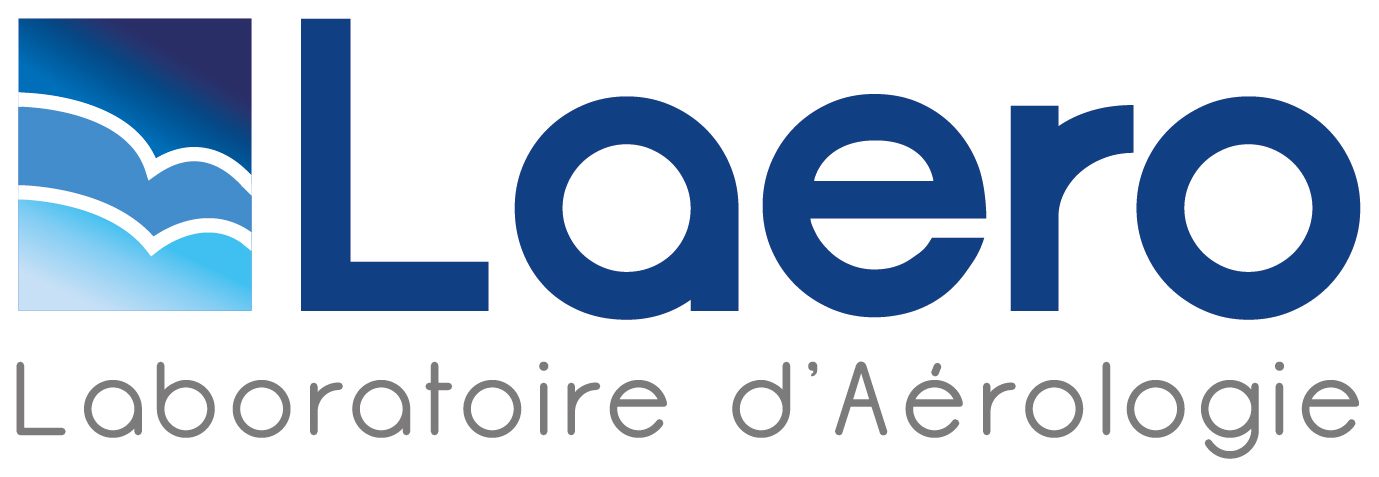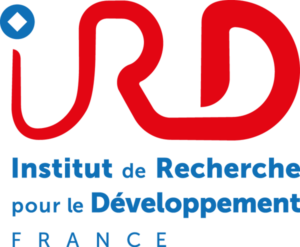NASA Atmospheric Tomography Mission: ATom Overview & Science Objectives
The Atmospheric Tomography Mission (ATom) will study the impact of human-produced air pollution on greenhouse gases and on chemically reactive gases in the atmosphere. Reductions of atmospheric concentrations of methane (CH4), tropospheric ozone (O3) and black carbon (BC) aerosols are effective measures to slow global warming and to improve air quality. Airborne instruments will look at how atmospheric chemistry is transformed by various air pollutants and at the impact on CH4 and O3. Mitigation of these short-lived climate forcers is a major component of current international policy discussions.
ATom deploys an extensive gas and aerosol payload on the NASA DC-8 aircraft for systematic, global-scale sampling of the atmosphere, profiling continuously from 0.2 to 12 km altitude. Flights will occur in each of 4 seasons over a 4-year period. They will originate from the Armstrong Flight Research Center in Palmdale, California, fly north to the western Arctic, south to the South Pacific, east to the Atlantic, north to Greenland, and return to California across central North America. ATom establishes a single, contiguous global-scale data set. This comprehensive data set will be used to improve the representation of chemically reactive gases and short-lived climate forcers in global models of atmospheric chemistry and climate. Profiles of the reactive gases will also provide critical information for validation of satellite data, particularly in remote areas where in situ data is lacking.
ATom’s tomographic, large-scale sampling combined with parcel-by-parcel quantification of photochemical tendencies provides a strong response to the 2011 NASA Strategic Plan to Advance Earth System Science: meeting the challenges of climate and environmental change on a global scale.
ATom improves predictions of human-caused and natural changes in climate forcing and air quality over the entire globe, engaging the science Focus Areas: Atmospheric Composition (primary); Carbon Cycle and Ecosystems (role of CH4), and Climate Variability and Change (radiative forcing of CH4 and O3).






